How many kinds of bourbon do you have? Know red bourbon, yellow bourbon, pink bourbon (orange bourbon) bourbon coffee
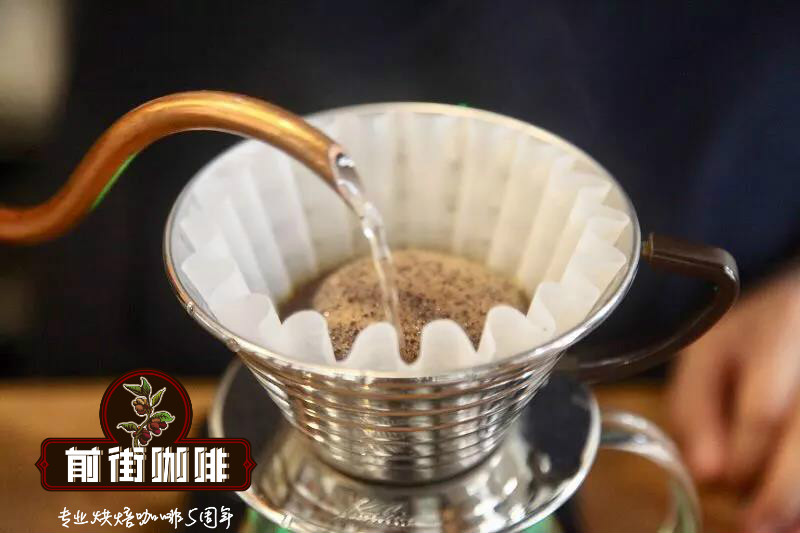
Professional coffee knowledge exchange More coffee bean information Please pay attention to coffee workshop (Weixin Official Accounts cafe_style)
Coffee bean varieties are basically divided into Arabica and Robusta beans. There are 2,000 to 3,000 varieties of Arabica beans, all of which are derived from Ethiopia's Tibica Typica and Yemen's Bourbon, transplanted into Central and South America or Asia.
Bourbon species is a branch of Arabica species, in addition to yellow bourbon, red bourbon, orange bourbon, etc.(in addition to Kadura, Kaduai, etc.) elevation of about 800-1900 meters is more suitable for Bourbon species of coffee beans growth.
Bourbon coffee was originally grown in Réunion, also known as Le Bourbon until 1789, later occupied by France, connected to Africa and Latin America, and is now the world's two most popular Arabica coffee producers. Bourbon coffee is usually produced at an altitude of 800 - 1500 meters, native to Bourbon Island (now known as Reunion Island) in the Indian Ocean. It is a mutant of TYPICA, which is the oldest surviving coffee variety. The green fruit will appear bright red when ripe, while the yellow bourbon species is a cross between Bourbon species and other varieties.
Bourbon is not widely cultivated because of its low yield and poor weather resistance. However, when planted in high altitude areas, there will be excellent flavor performance, which is more common in Brazil. In recent years, the domestic coffee culture has changed rapidly and developed rapidly. Bourbon species have gradually been respected in China, especially the yellow bourbon species.
Bourbon: vigorous vitality, disease resistance is better, in the general display of flavor is also richer than the above, yield is more than 30% higher than Typica, but each harvest should be fallow for at least one year, more suitable for planting at an altitude of 1200M. Round beans are characteristic; but there are also bourbon pointed bodies, low yield, weak constitution, and less common in the market.
Red Bourbon Coffee
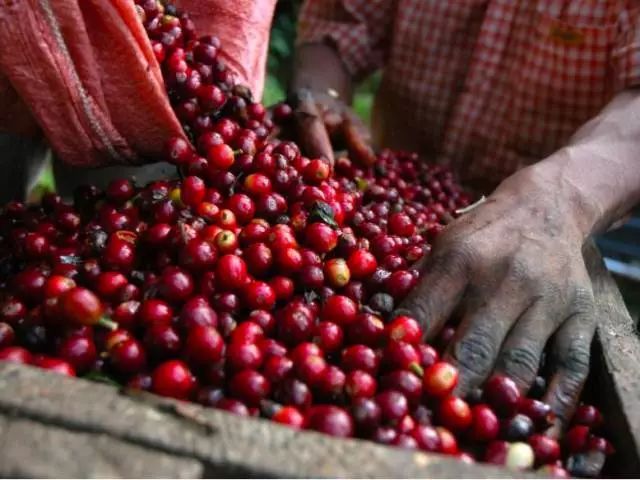
Due to the low yield and susceptibility to disease of the tipica species introduced to Brazil in 1727, the bourbon species was introduced to Brazil around 1860 via Campinas in the south and rapidly spread north to other parts of South and Central America. In Latin America today, Bourbon is still cultivated in El Salvador, Guatemala, Costa Rica, Peru, etc., although most of the Bourbon species have been largely replaced by varieties (especially Caturra, Catuai, and Mundo Novo).
Red Bourbon After the general coffee tree blossoms, the color change of the coffee fruit is: green> turn slightly yellow> turn slightly orange> turn mature red> turn ripe dark red, so some people call it "red bourbon species", in fact, red bourbon, that is, we generally call Bourbon species. Bourbon grown at high altitudes usually has a better aroma, a brighter acidity, and even a taste similar to red wine.
Bourbon is a coffee tree species belonging to a branch of Arabica species, generally bearing red fruit, called red bourbon, in addition to yellow bourbon, orange bourbon, yellow bourbon relatively low yield, but better quality.
Red Bourbon Coffee
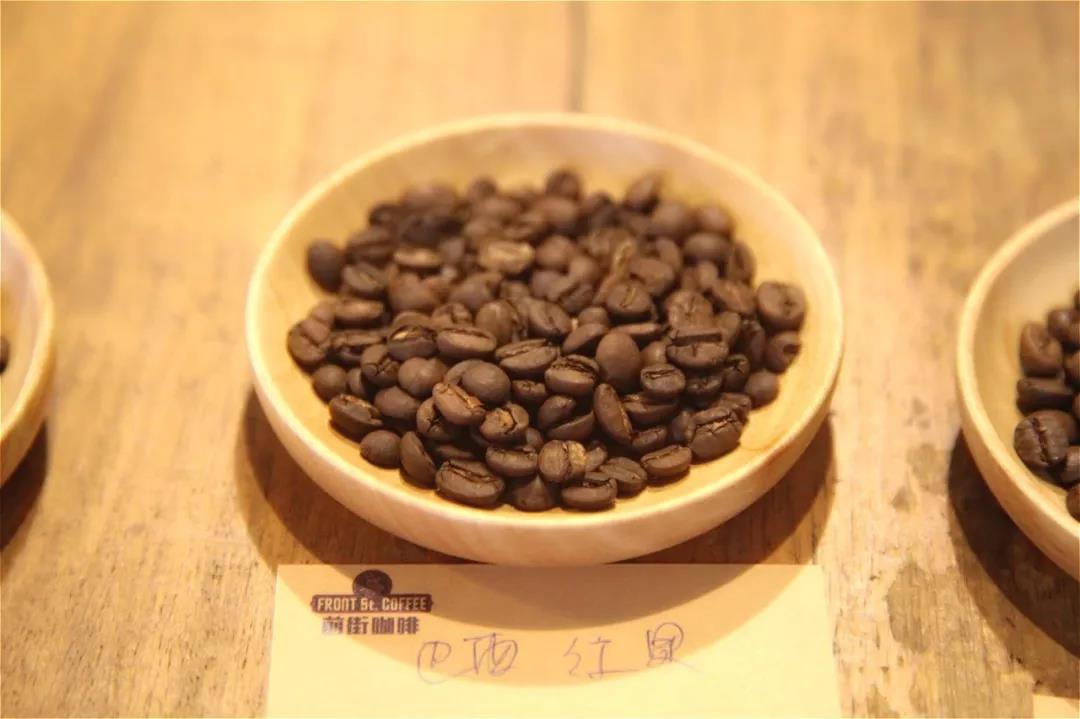
Speaking of bourbon varieties, we will think of the well-known yellow bourbon coffee beans, as the name suggests, yellow bourbon coffee fruit ripens not red, but orange skin, is the bourbon variety unique to São Paulo, Brazil. Yellow Bourbon beans are suitable for light or deep roasting. In recent years, because they won the top three awards in Brazil's CoE (Cup of Excellence), they have also received a lot of attention and have become the formula beans of many espresso coffee.
yellow bourbon
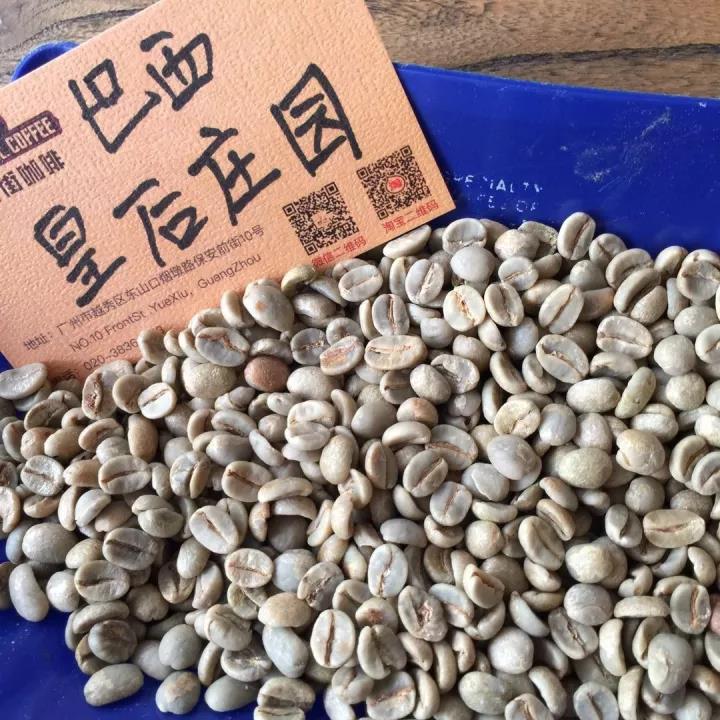
Pink bourbon (orange bourbon), too rare to be known in the past. Pink Bourbon is a hybrid of yellow bourbon and red bourbon, which is extremely resistant to disease and extremely delicious, but it is difficult to maintain stable output and yields are extremely low. Another challenge is harvesting, where it is difficult for workers to tell whether it is ripe or not.
Pink Bourbon
Bourbon, on the other hand, ranks alongside tibeka as an ancient, high-quality coffee variety, and some botanists even believe that bourbon is a variant of the early tibeka transplanted to Yemen, with the shape of the bean showing a round body. So where did bourbon come from? Bourbon has long been thought to have fallen on Bourbon Island on the east coast of Africa, but many round bourbon beans have actually spread directly from Yemen without passing through Bourbon Island. Bourbon beans currently found in Central and South America belong to the unmutated traditional round bourbon.
Bourbon produces beans smaller than iron and smaller in shape (as the bean is called). More is grown in Brazil, El Salvador and Guatemala. Bourbon species are suitable for cultivation above 1200 meters above sea level, and the flavor will be better than bourbon species below 1000 meters above sea level.
Breed: Bourbon
Related: Original species
Origin: Bourbon Island
Best growth: 800 meters and above
Type: Original species
More common: suitable for coffee cultivation worldwide
Primary colors: red yellow and orange but mostly red
Fruit Size: Normal
Leaf characteristics: wide, short
Special note: Bourbon species native to Bourbon Island or Ethiopia, susceptible to pests and diseases, low yield. There is some data suggesting that yellow bourbon yields more than red bourbon and orange bourbon, but red bourbon is the most popular variety. Bourbon species are closely related to SL28, Typica, and Cattura. Because it yields less under the right conditions, it tends to produce very high-quality cups (there is evidence that lower yields tend to produce higher quality because plants can absorb nutrients more efficiently from the soil). The typical bourbon is characterized by low body, balanced, and pronounced sweetness in the cup, making it a good base for espresso blends.
Examples:Brazil Fazenda Cachoeira Bourbon,El Salvador Finca La Fany Bourbon,Rwanda Murambi Bourbon,El Salvador La Ilux Bourbon

Front Street Coffee Recommended Roasting Level: Medium Deep Roast
Front Street Coffee Recommended Brewing Method: Hand Brewing
Grindability: 4 (Small Fuji R440)
Water temperature: 88℃
Filter cup: V60/KONO
END
Important Notice :
前街咖啡 FrontStreet Coffee has moved to new addredd:
FrontStreet Coffee Address: 315,Donghua East Road,GuangZhou
Tel:020 38364473
- Prev
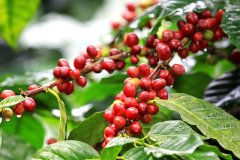
Rwanda Red Bourbon Rwanda Red bourbon Coffee characteristics the difference between Red bourbon and Yellow bourbon
For more information on coffee beans, please follow the Coffee Workshop (Wechat official account cafe_style) Guatemala Coffee pioneer-Incht Manor Kaduai and Bourbon varieties introduction you have heard or have tried elegant ancient coffee varieties: Typica Tibica derived varieties such as Manning, Blue Mountain, Elephant beans, Kona, Geisha. Believe a lot.
- Next
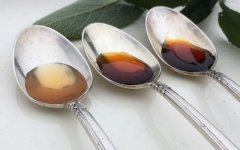
The effect of brewing water on the taste of coffee in capsule coffee machine
Professional coffee knowledge exchange more coffee bean information Please pay attention to the influence of water quality in coffee workshop (Wechat official account cafe_style) on coffee. SCAA stipulates that water has a TDs value of water, which is an indispensable element of a good cup of coffee. The purpose of this article is not to discuss which kind of water is most suitable for coffee, but to explore the effect of the type of water on the change of coffee taste. . water has hard water and
Related
- Beginners will see the "Coffee pull flower" guide!
- What is the difference between ice blog purified milk and ordinary milk coffee?
- Why is the Philippines the largest producer of crops in Liberia?
- For coffee extraction, should the fine powder be retained?
- How does extracted espresso fill pressed powder? How much strength does it take to press the powder?
- How to make jasmine cold extract coffee? Is the jasmine + latte good?
- Will this little toy really make the coffee taste better? How does Lily Drip affect coffee extraction?
- Will the action of slapping the filter cup also affect coffee extraction?
- What's the difference between powder-to-water ratio and powder-to-liquid ratio?
- What is the Ethiopian local species? What does it have to do with Heirloom native species?

